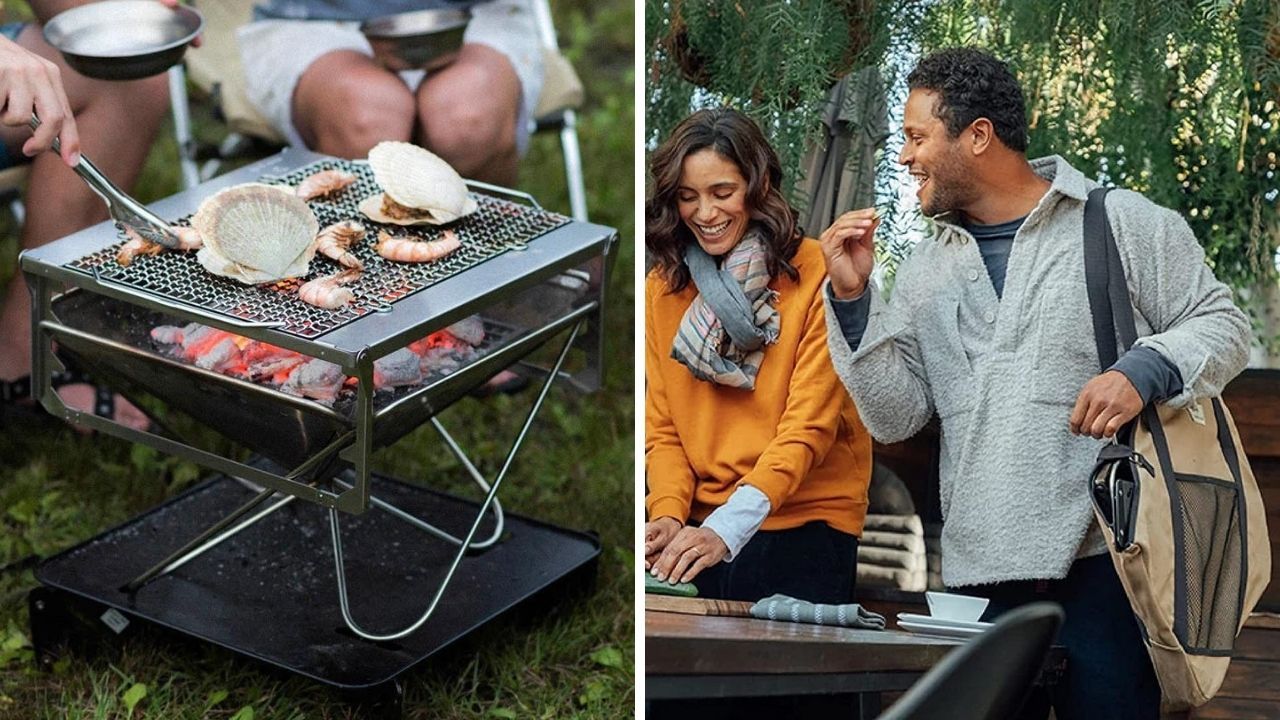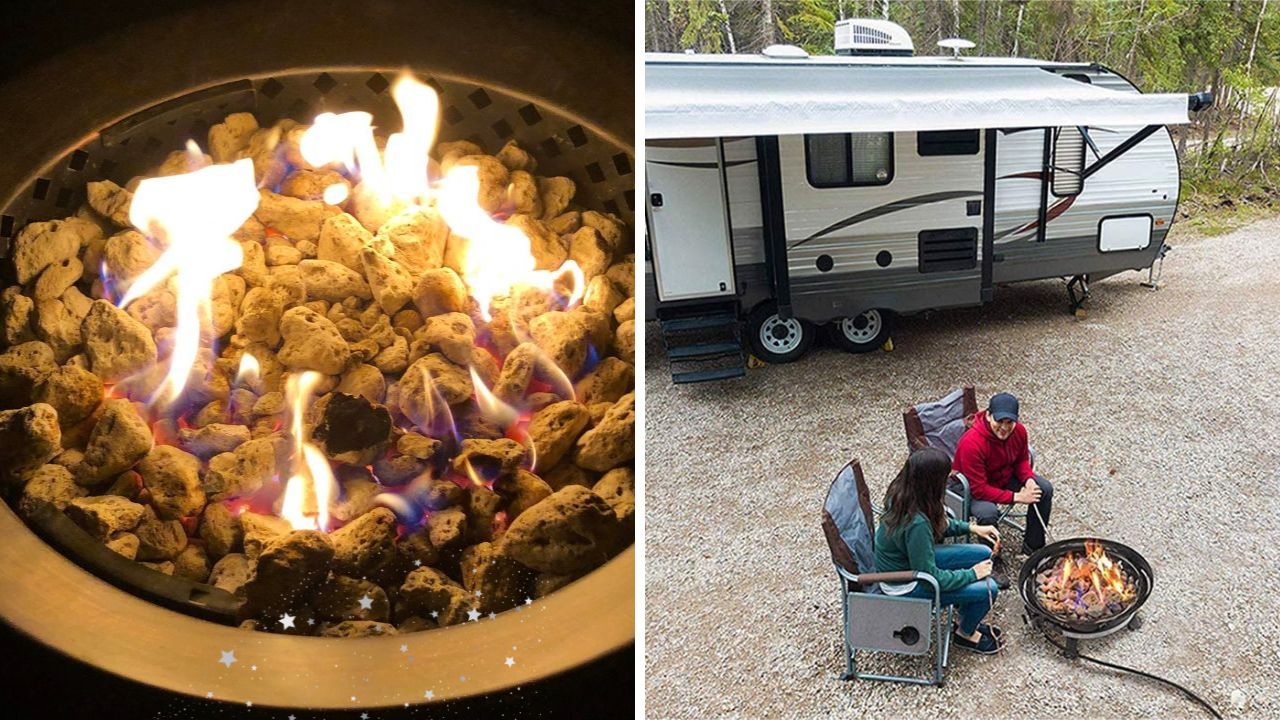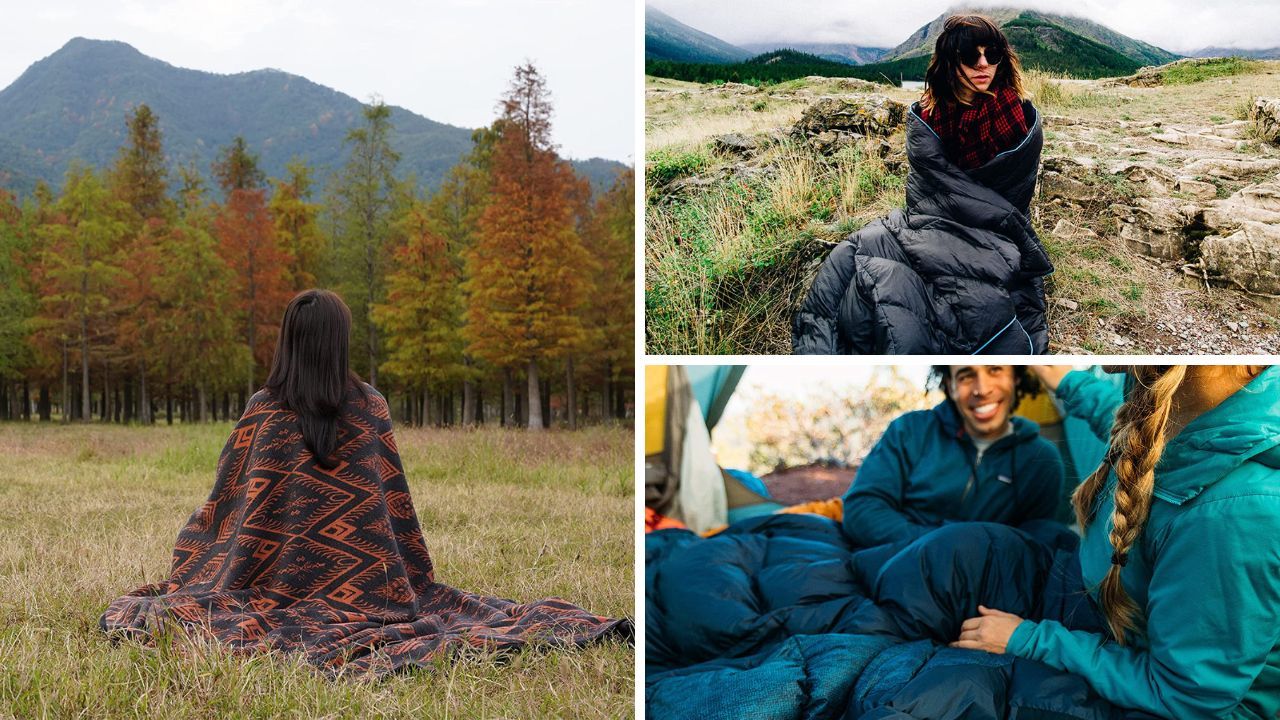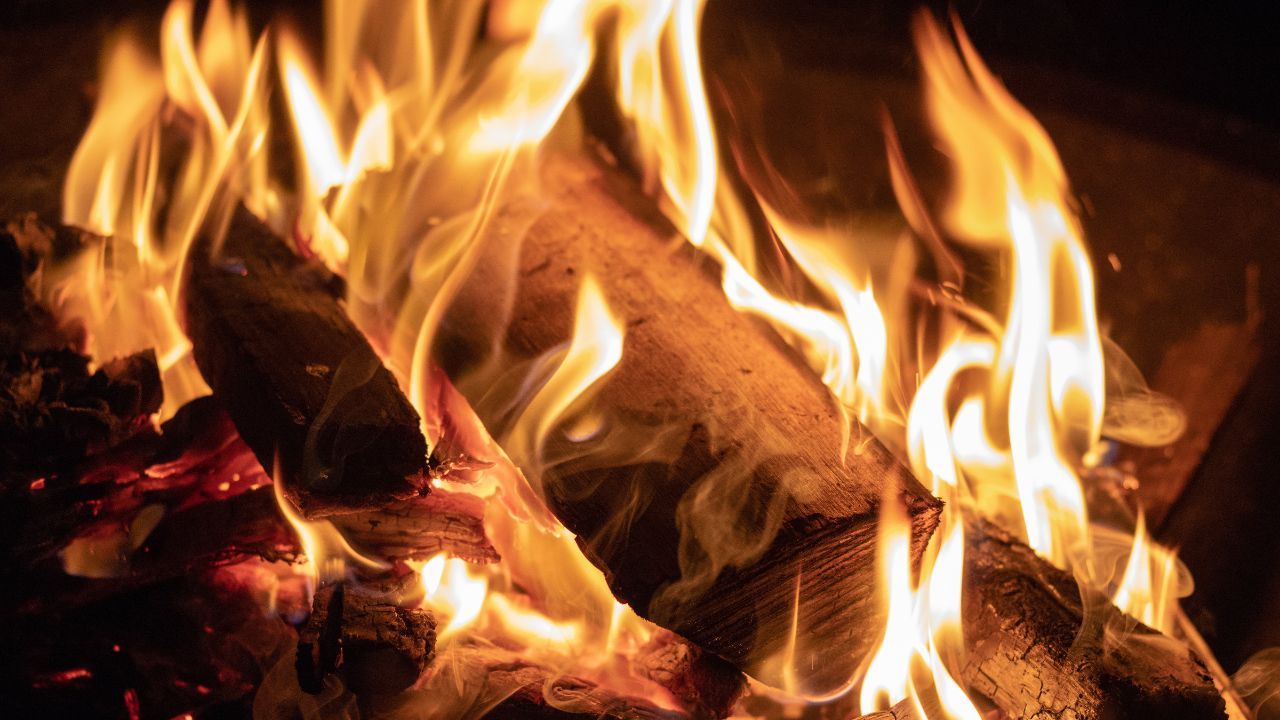
Conquer the Great Outdoors: How To Start A Campfire
Discover how to start a campfire with our comprehensive guide, including safety tips, materials, and techniques for a cozy outdoor experience.
Hello, fellow adventurer! Ready to master the art of starting a campfire? You've come to the right place!
Campfires are the heart and soul of any camping trip, providing warmth, a place to cook delicious meals, and a cozy spot for socializing under the stars.
Before we dive into the nitty-gritty of how to build a campfire, remember that with great power (or in this case, fire) comes great responsibility. Safety precautions and environmental stewardship should always be top of mind.
Step 1: Choosing an Ideal Location for Your Campfire
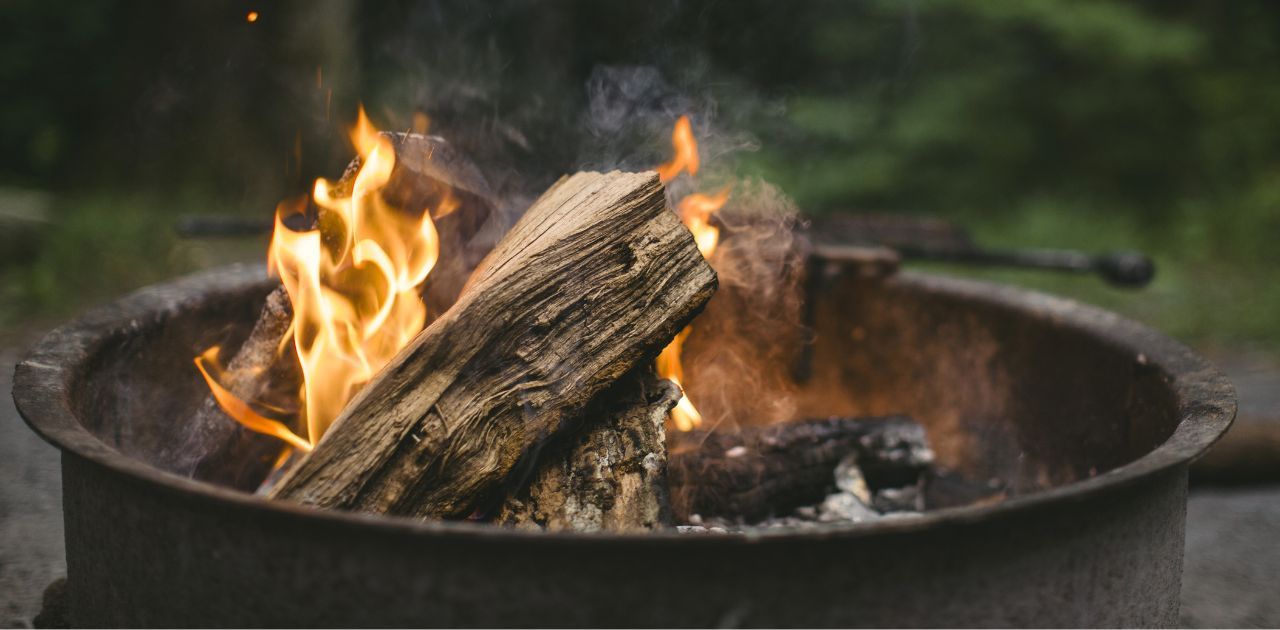
Campsite Regulations and Fire Restrictions
First things first, you need to scope out the perfect location for your campfire. And by "perfect," we mean a spot that abides by all campsite regulations and fire restrictions.
These rules aren't there to spoil your fun; they're in place to keep you, other campers, and the environment safe. So channel your inner Sherlock Holmes and investigate the local guidelines before striking that first match.
Existing Fire Rings or Fire Pits
Mother Nature will thank you for using an existing fire ring or designated fire pits when starting your campfire.
Think of these as the VIP lounges of campfire spots – they're pre-selected and designed to minimize impact on the environment. It's like getting a table at the hottest club in town, minus the velvet ropes and bouncers, of course.
Distance from Flammable Objects
To prevent any accidental fires, make sure your campfire is at least 15 feet away from tents, trees, and other flammable materials.
Imagine an invisible safety bubble around your campfire, and keep everything flammable outside that bubble. Trust us, nobody wants a surprise visit from Smokey Bear.
Wind Direction and Protection
Last but not least, pay attention to the wind direction and find a spot with natural windbreaks, like rocks or bushes, to keep the fire under control. This way, you won't have to worry about your campfire turning into a scene from a disaster movie.
Step 2: Gathering Materials for Your Campfire
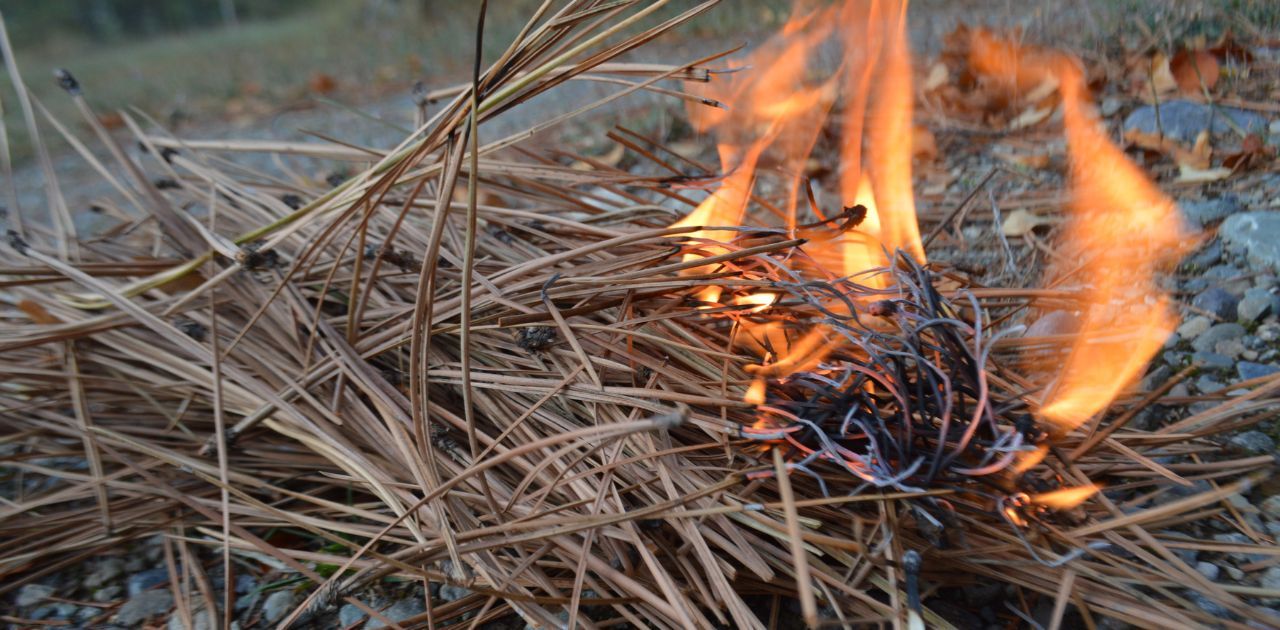
Tinder: The Fire's First Spark
Think of tinder as the icebreaker that gets the conversation going between your campfire and its fuel. It's the easy-to-ignite material that helps get the fire started.
- Look for dry leaves, grass, pine needles, or even commercial fire starters.
Kindling: The Fire's Best Friend
Once your tinder has ignited, it needs a buddy to keep the flame alive. That's where kindling comes in. Small sticks and twigs, ideally no thicker than a pencil, make perfect kindling.
Fuelwood: The Fire's Main Course
Now that you've got the fire going, it's time to bring out the big guns – fuelwood.
- These are the larger pieces of wood, ranging from the thickness of a wrist to the thickness of an arm, that will keep your fire roaring long into the night.
- Avoid wet wood as it will be difficult to ignite and will cause your fire to smoke.
Sourcing Responsibly: Be a Friend to the Forest
When gathering materials for your campfire, it's crucial to source responsibly. Only collect fallen and dead wood, and avoid live trees and plants.
Think of yourself as a campfire superhero, protecting the forest while still enjoying a warm, crackling fire.
Step 3: Building Your Campfire
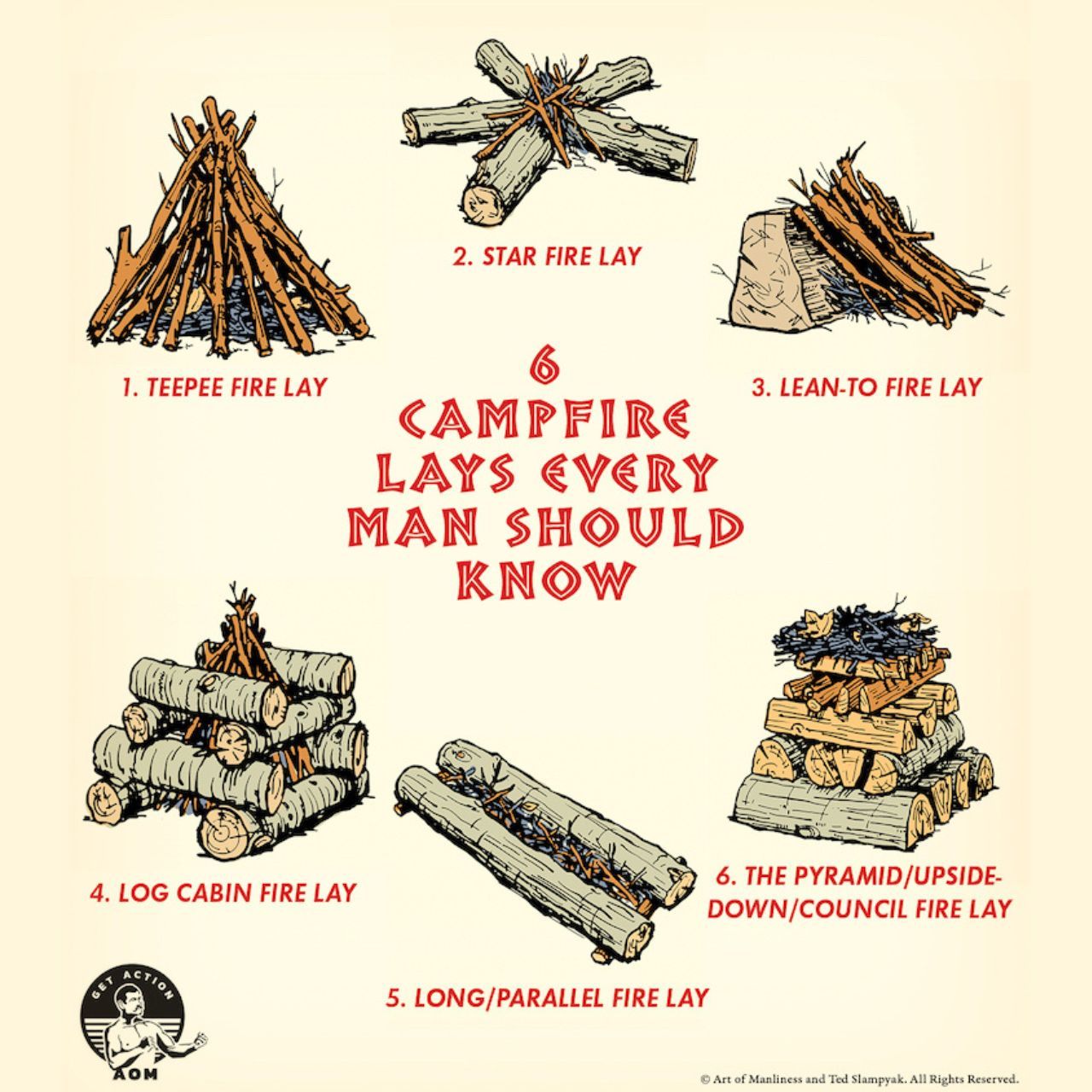
Clearing the Area: Safety First!
Before you start building your campfire, make sure to clear the area of any debris and create a fire-safe zone. You wouldn't build a sandcastle on top of seashells, so don't build your campfire on top of leaves and twigs.
Fire Structures: Choose Your Adventure
Creating an ideal campfire requires more than just placing a few logs into a hole and igniting it with a match.
There are several fire-building techniques to choose from, like the teepee, log cabin, or lean-to. Each has its pros and cons, so it's like picking your favorite ice cream flavor – there's no wrong choice, just personal preference.
- Teepee Fire: A classic, conical structure perfect for fast, hot fires. Great for cooking and easy to build.
- Log Cabin Fire: A sturdy, square structure that provides long-lasting, even heat. Ideal for warmth and group gatherings. To start, arrange the wood in a manner similar to building a cabin. Lay two pieces of wood parallel to each other on the bottom, then stack two more on top of them perpendicularly.
- Lean-To Fire: A simple, wind-protective structure that's perfect for when you're short on time or materials. Place the tinder and kindling against a large log, then lean the fuelwood in front of it.
- Star Fire: Also known as the Indian fire, is an efficient campfire-building method that involves arranging large logs in a star pattern, resulting in a slow-burning, controlled fire with minimal smoke.
Laying the Foundation: Building the Perfect Fire
Once you've chosen your fire structure, it's time to lay the foundation. Start by placing your tinder in the center, then add kindling around it, followed by fuelwood.
Igniting the Campfire: Light It Up!
Now comes the moment of truth – lighting the campfire. Use matches, a lighter, or a fire starter to ignite the tinder. When lighting the fire, remember these tips:
- Be patient and give the tinder time to catch fire
- Shield the flame from the wind
- Add more kindling as needed as the fire grows
Congratulations! You've built and ignited your campfire. Now it's time to enjoy the fruits of your labor as you bask in the warm glow of your handiwork.
Step 4: Maintaining and Enjoying Your Campfire
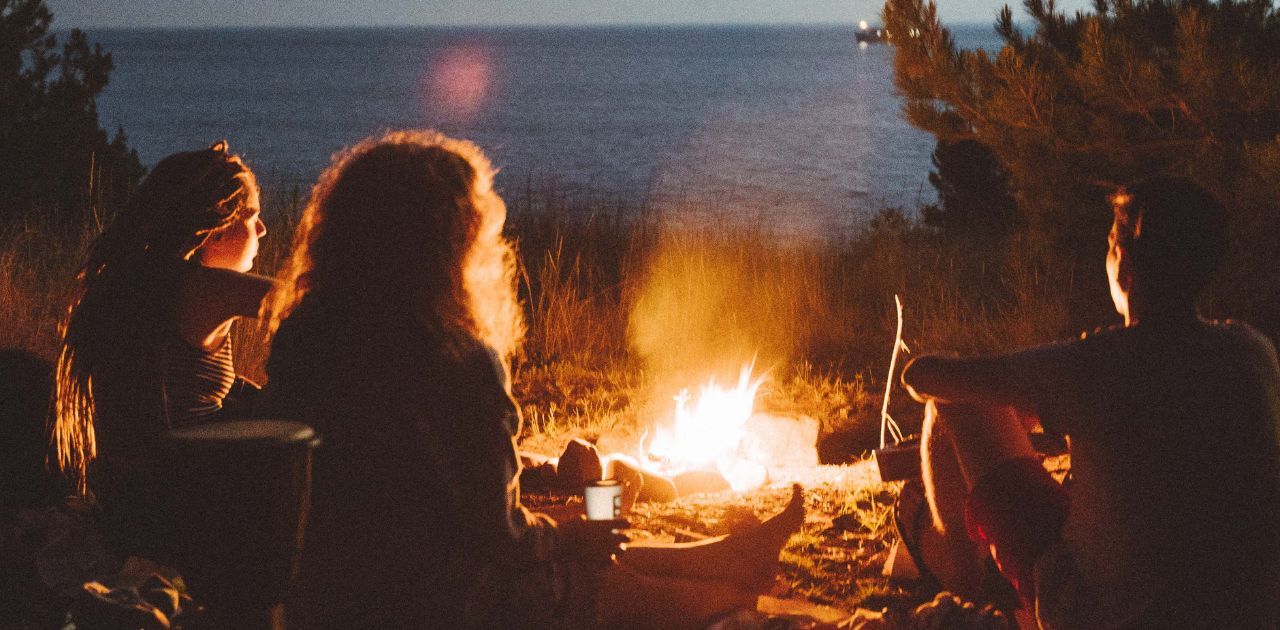
Tending to the Fire: Keep the Good Times Rolling
Like any good party host, you'll need to keep an eye on your campfire to ensure it stays lively and under control.
- As the fire burns, move embers toward the center to burn them fully.
- Add fuelwood as needed and monitor wind conditions.
- And never leave a fire unattended.
Think of yourself as a fire DJ – you're in charge of keeping the flames burning and everyone warm.
Cooking Over the Campfire: Become a Culinary Connoisseur
There's something magical about cooking over a campfire – the smoky flavors, the sound of sizzling food, and the satisfaction of creating a meal with your own two hands. Here are some tips for cooking safely and efficiently:
- Use long-handled utensils to avoid burns.
- Opt for a cooking grate or tripod to hold pots and pans steady.
- Try foil-wrapped meals for easy cooking and minimal cleanup.
Campfire Safety: Safety First, Fun Second
Campfire safety is paramount. Keep a safe distance from the fire, avoid flammable objects, and supervise children and pets at all times. Remember, a responsible camper is a happy camper!
Step 5: Extinguishing Your Campfire and Leaving No Trace
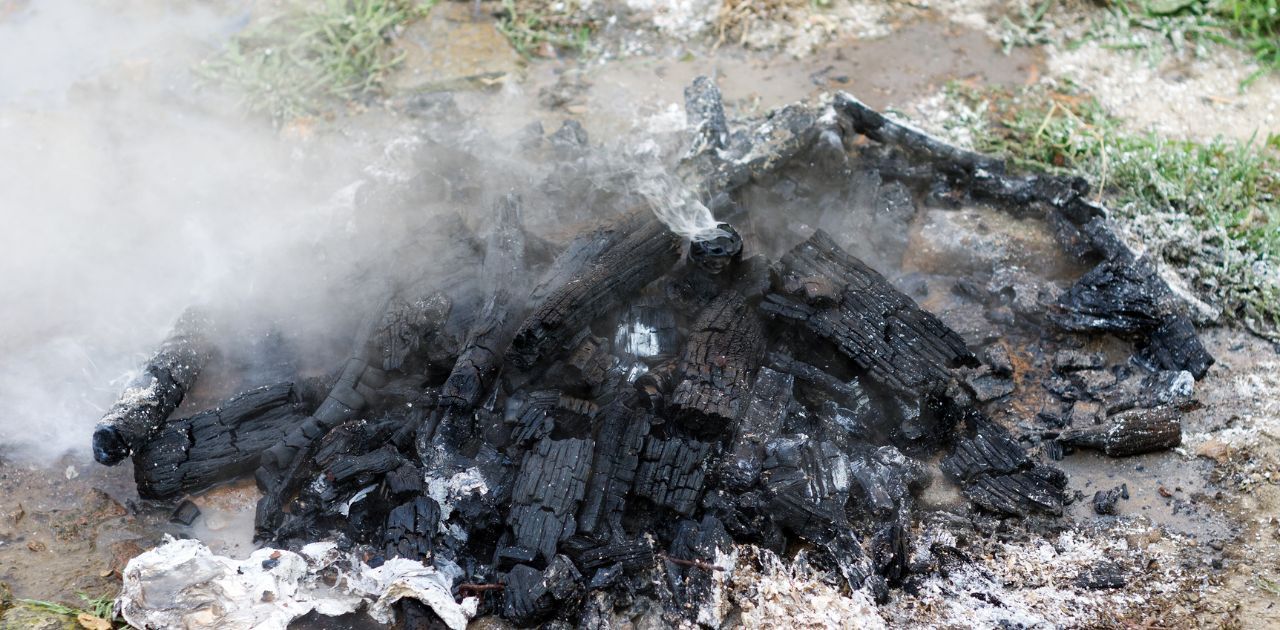
Putting Out the Fire: A Fond Farewell
When it's time to say goodbye to your campfire, make sure to extinguish it properly.
- Douse the fire with water, stir the ashes, and ensure the fire is completely out.
It's like tucking in a child after a long day – you want to be certain they're safe and sound before leaving them for the night.
Cleaning Up the Area: Leave It Better Than You Found It
After extinguishing your campfire, it's time to clean up the area.
- Remove all trash, scatter cooled ashes, and restore the site to its original state.
It's like erasing your footprints in the sand – leave no trace of your presence, so others can enjoy the same pristine environment.
Fire Safety Reminders: Keep the Flame of Responsibility Alive
Before we wrap up, let's reiterate the importance of responsible campfire practices.
- Always follow campsite regulations, choose a safe location, gather materials responsibly, and extinguish your fire completely.
- These simple steps ensure everyone can enjoy the great outdoors safely and responsibly.
Bottom Line
You've learned the key steps for starting a campfire – from choosing the perfect location and gathering materials to building, maintaining, and extinguishing the fire.
Now it's time to put your newfound knowledge into practice and enjoy the outdoors responsibly and safely.
So go forth, intrepid camper, and may your campfires be warm, inviting, and the highlight of your outdoor adventures!
Recommended For You...
